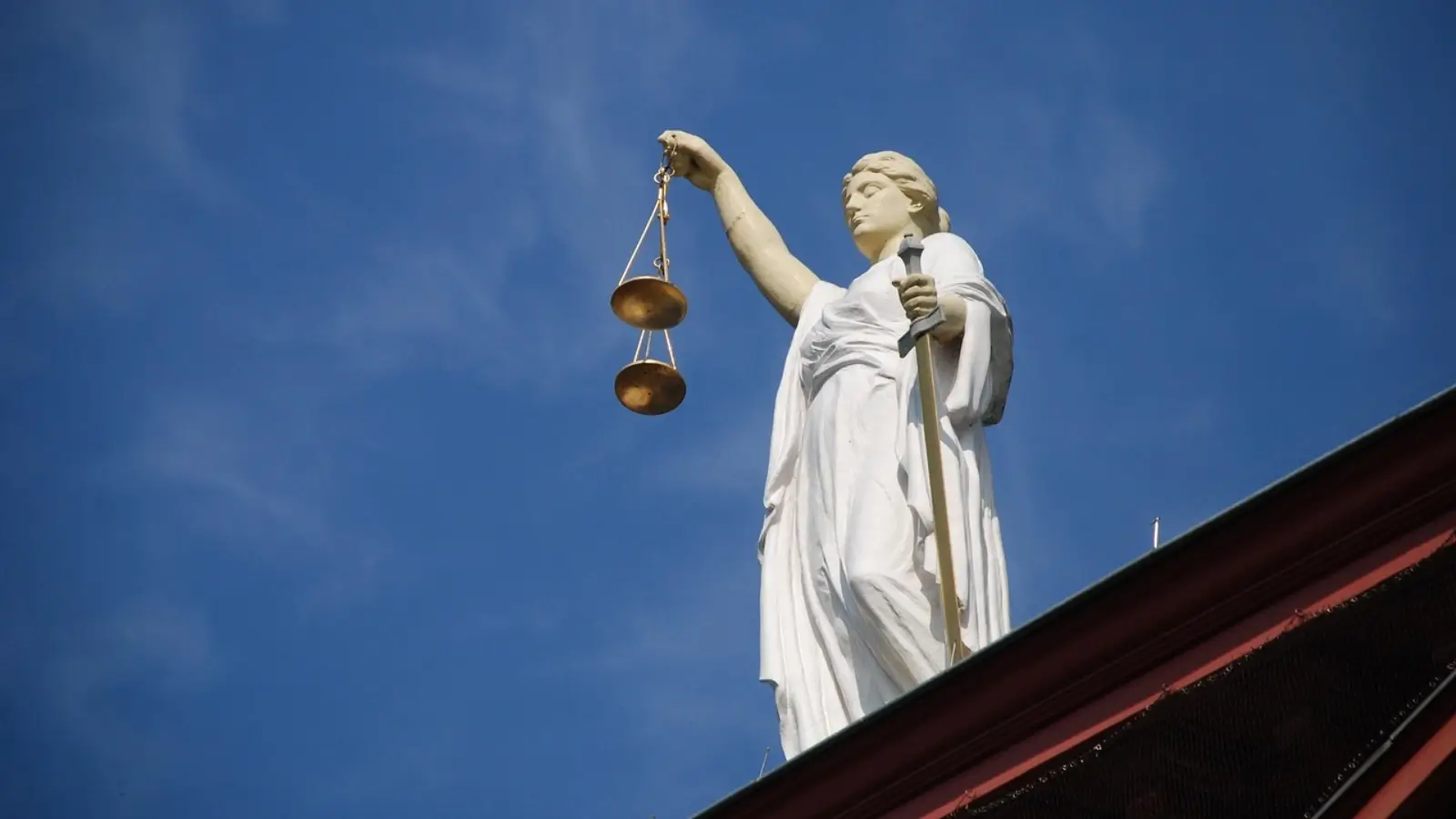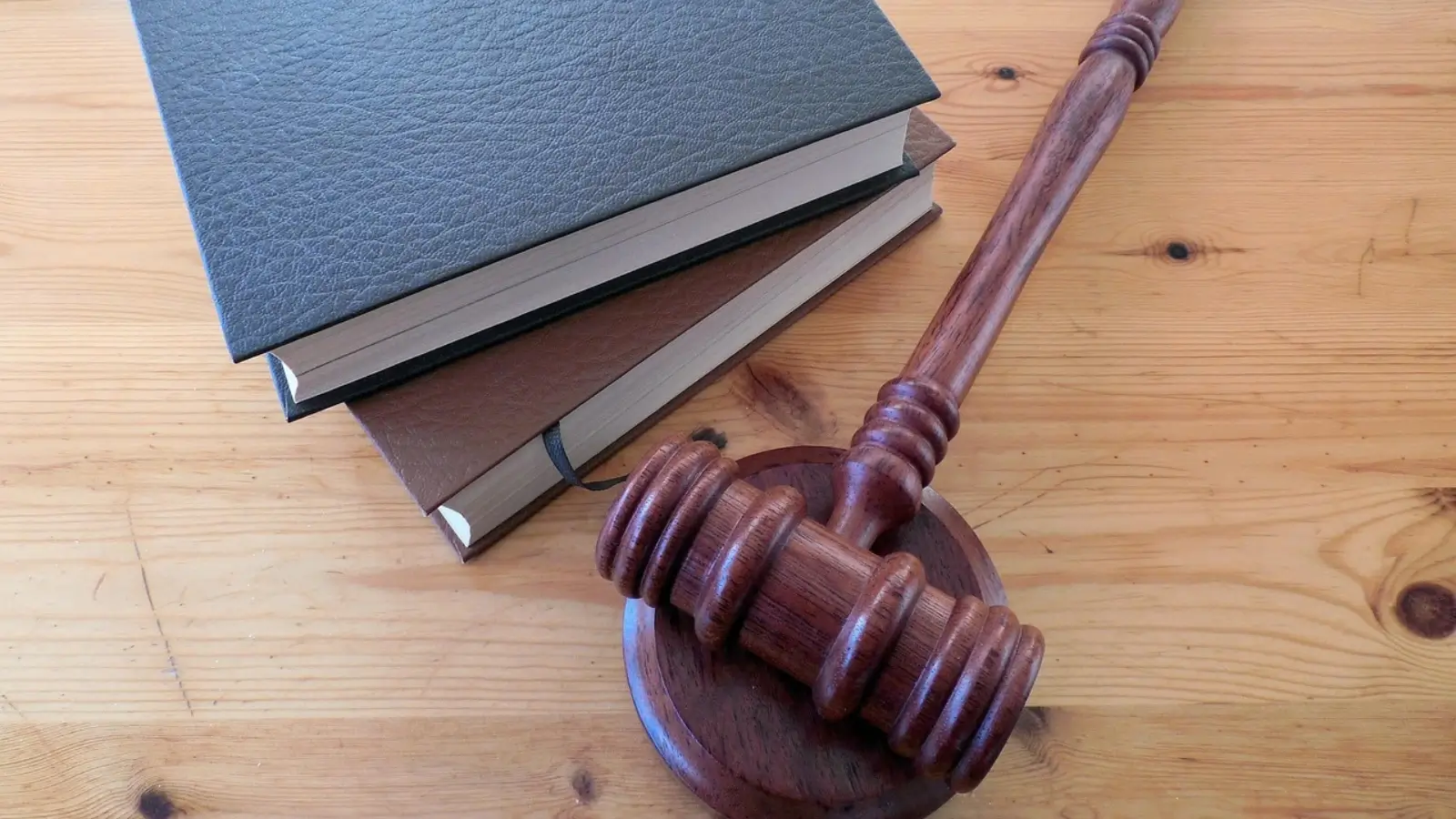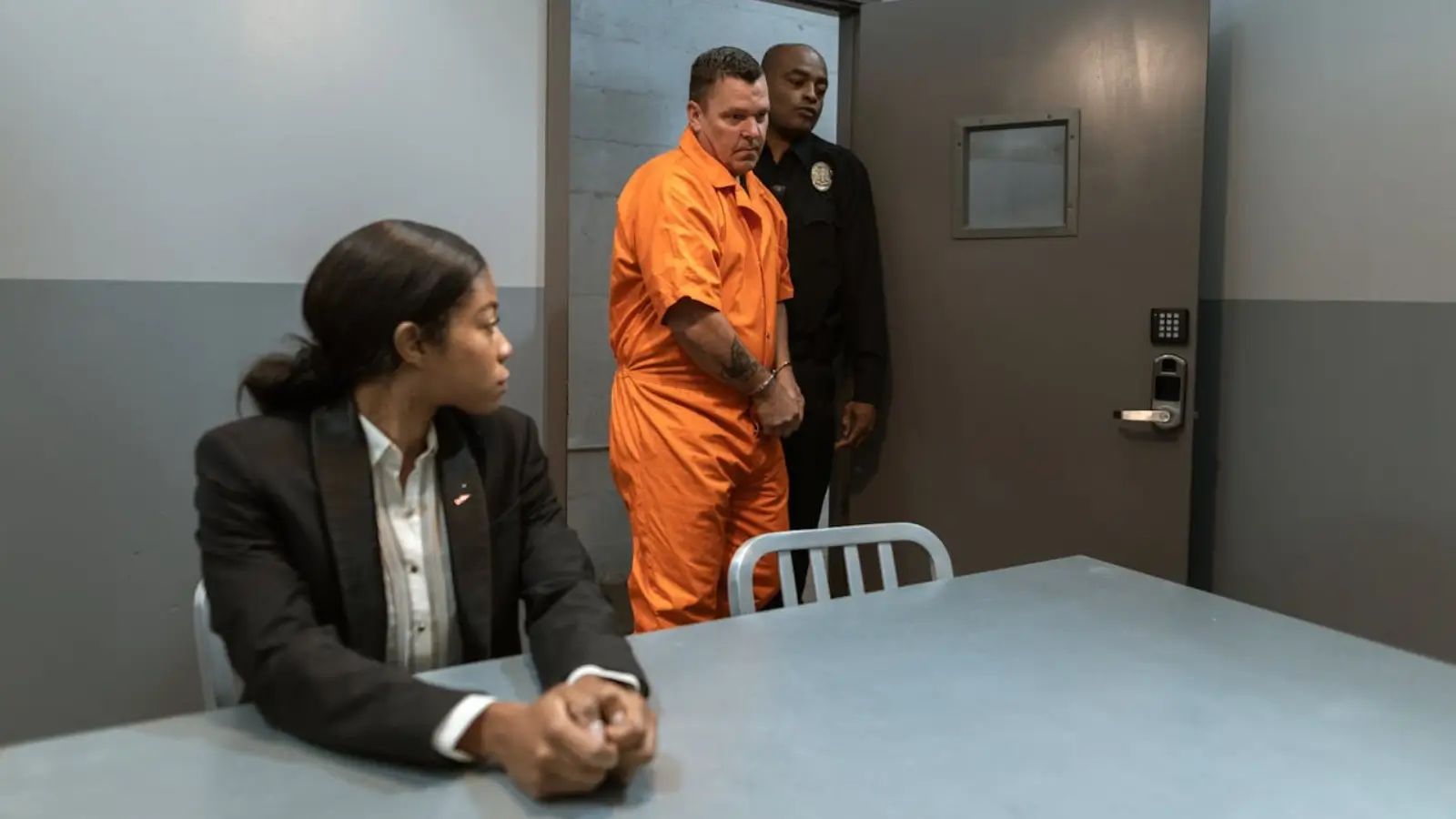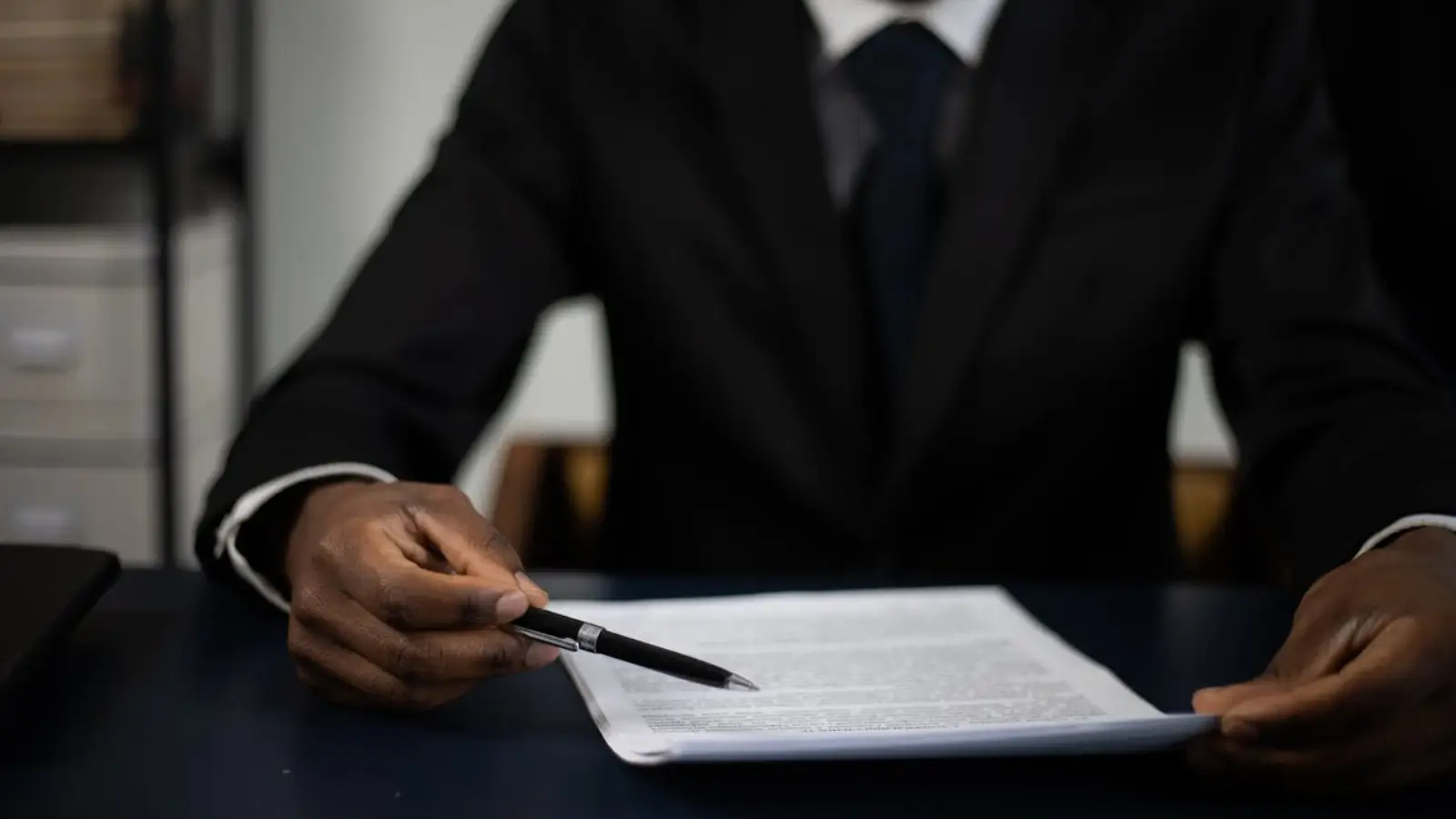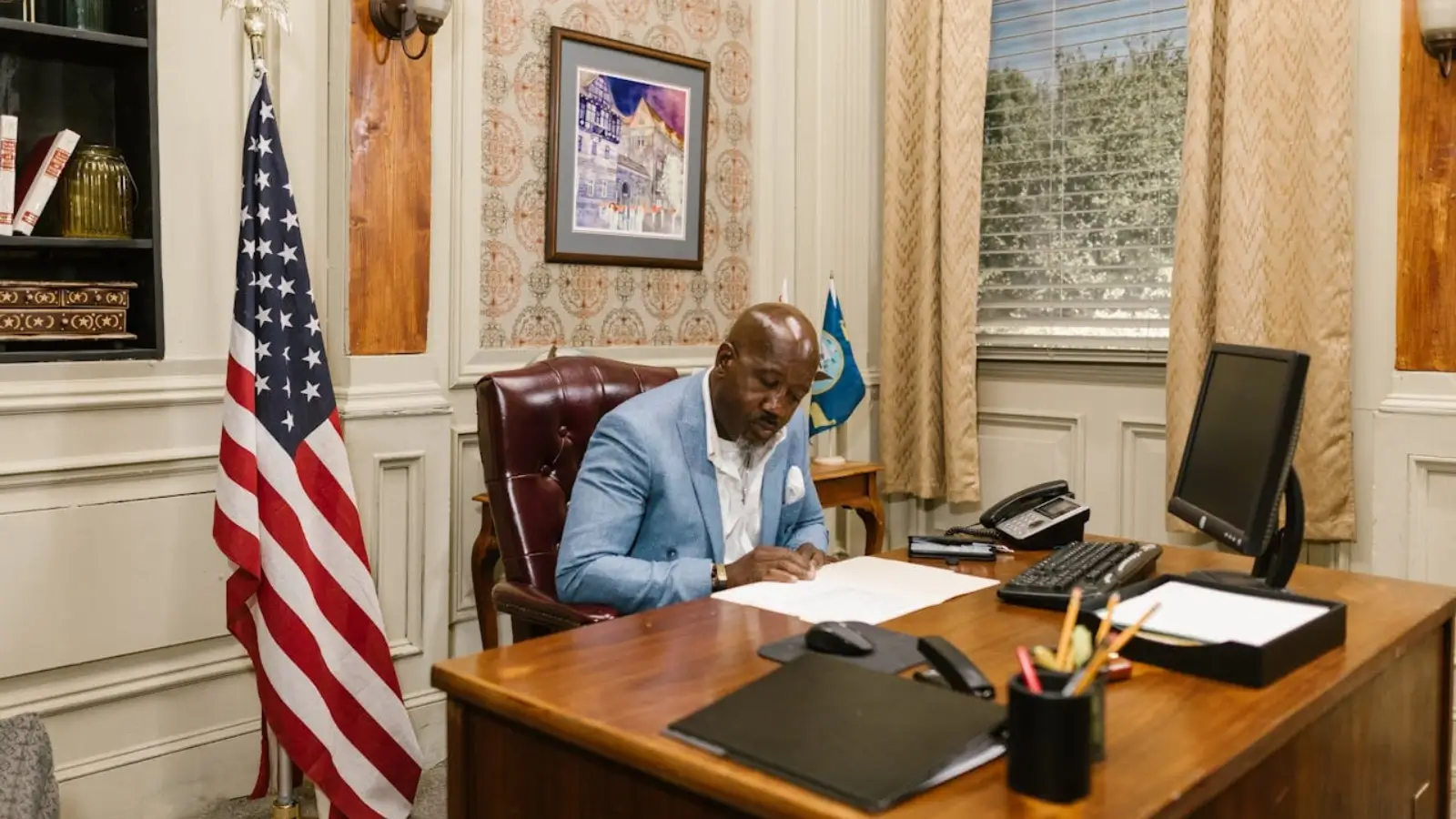Railroad injury cases aren’t what they used to be—and that’s a double-edged sword.
With evolving safety standards, shifting liability rules, and rising injury claims, the legal landscape is getting harder to navigate. In cities like Houston, where freight traffic and rail yard activity stay busy year-round, these changes hit especially close to home.
So what does this mean for injured workers or their families trying to pursue justice in 2025?
Let’s break it down—because staying one step ahead of legal trends could be the difference between a fair settlement and a frustrating denial.
1. Rising Use of Technology in Evidence Gathering
Ever wonder how much that onboard camera footage or black box data could affect your case? In 2025, expect a surge in the use of digital data as critical evidence. From real-time GPS logs to surveillance footage at crossings, attorneys are relying more on tech to prove negligence or rule violations.
Courts are becoming increasingly comfortable with digital records, and that means stronger, clearer arguments for injury claims. According to the Federal Railroad Administration (FRA), 38% of train accidents in 2023 were caused by human error, and 26% were due to track defects—both of which can often be proven using digital records.
2. Increased Accountability for Private Rail Operators
Did you know that many U.S. rail lines are managed by private companies, not the government? These companies are now under heavier scrutiny as more injury cases cite operational failures. In 2025, we’re expecting an uptick in lawsuits that focus on poor safety protocols, maintenance delays, and understaffing.
Why? Because judges and juries are beginning to hold private operators to higher safety standards—especially when public infrastructure is involved. In fact, Class I railroads—most of which are privately owned—account for over 69% of U.S. freight rail mileage, and these companies have received the majority of FRA safety violations in recent years.
3. Surge in Claims Involving Third-Party Contractors
Think only the railroad company is to blame when something goes wrong? Not so fast. Many railroads now outsource maintenance, staffing, or cargo handling to third-party contractors. And that’s where things get tricky. Determining liability requires sorting through multiple layers of responsibility.
That’s why working with a train accident attorney in Houston is crucial if you're injured on the job. They know how to sift through contracts, insurance policies, and overlapping duties to identify who’s truly liable. More importantly, they’re committed to making sure you’re not left dealing with the fallout alone. If multiple parties played a role in your injury, you deserve a legal team that can hold each one accountable.
4. Rise in Class Action Lawsuits After Major Accidents
Here’s something we’re seeing more of—groups of passengers or workers banding together to sue after a single large-scale accident. Class action lawsuits are becoming a go-to strategy when dozens are injured due to the same operational failure.
Why? Because they increase pressure on companies to settle and often lead to broader safety changes. A good example is the 2023 East Palestine, Ohio derailment, where over 5,000 residents became part of a class action lawsuit related to chemical exposure and evacuations. If you're injured in a mass event, don’t go it alone—joining forces could amplify your case.
5. Higher Settlements Are Being Awarded—But It’s Not Automatic
Good news: settlement amounts in railroad injury cases are trending upward. But here’s the catch—it’s only happening when the injured party has built a solid, well-documented case. In 2021, Amtrak paid $265 million to settle claims from the 2015 Philadelphia derailment—the largest railroad injury settlement in U.S. history. That didn’t happen by chance.
It took expert witnesses, clear negligence, and meticulous case-building. So if you want the best chance at a strong payout, work with a legal team that knows how to gather the right evidence and push hard at the negotiation table.
6. Drones and AI Are Being Used for Scene Reconstruction
Here’s something that sounds straight out of a sci-fi movie: drones and artificial intelligence are now helping lawyers recreate accident scenes in 3D. These high-tech tools can provide accurate visuals of a crash site, making it easier to demonstrate fault.
In 2025, more attorneys will rely on this tech in court to help juries understand exactly what happened. Think about it—what’s more compelling than seeing a digital reconstruction that proves the train operator couldn’t have stopped in time? This kind of evidence could be a game-changer in railroad injury cases.
Conclusion
As 2025 unfolds, the legal terrain around railroad injury cases is shifting fast—with more complex claims, higher scrutiny from insurers, and evolving court rulings. Understanding what’s on the horizon isn’t just helpful—it’s essential. If you're dealing with a railroad-related injury, keeping up with these trends means you’re better equipped to protect your rights and push back when the system feels stacked against you.










